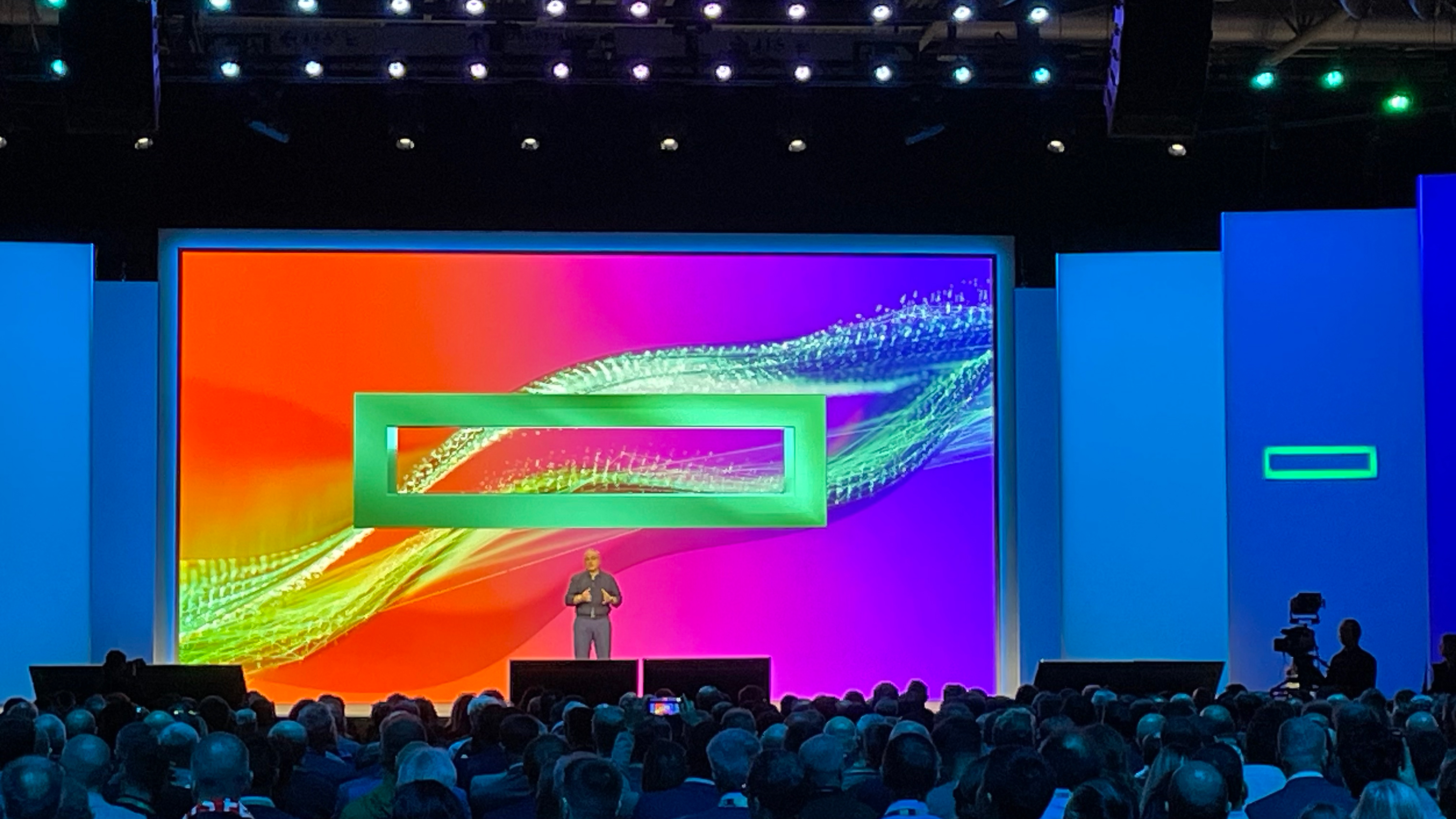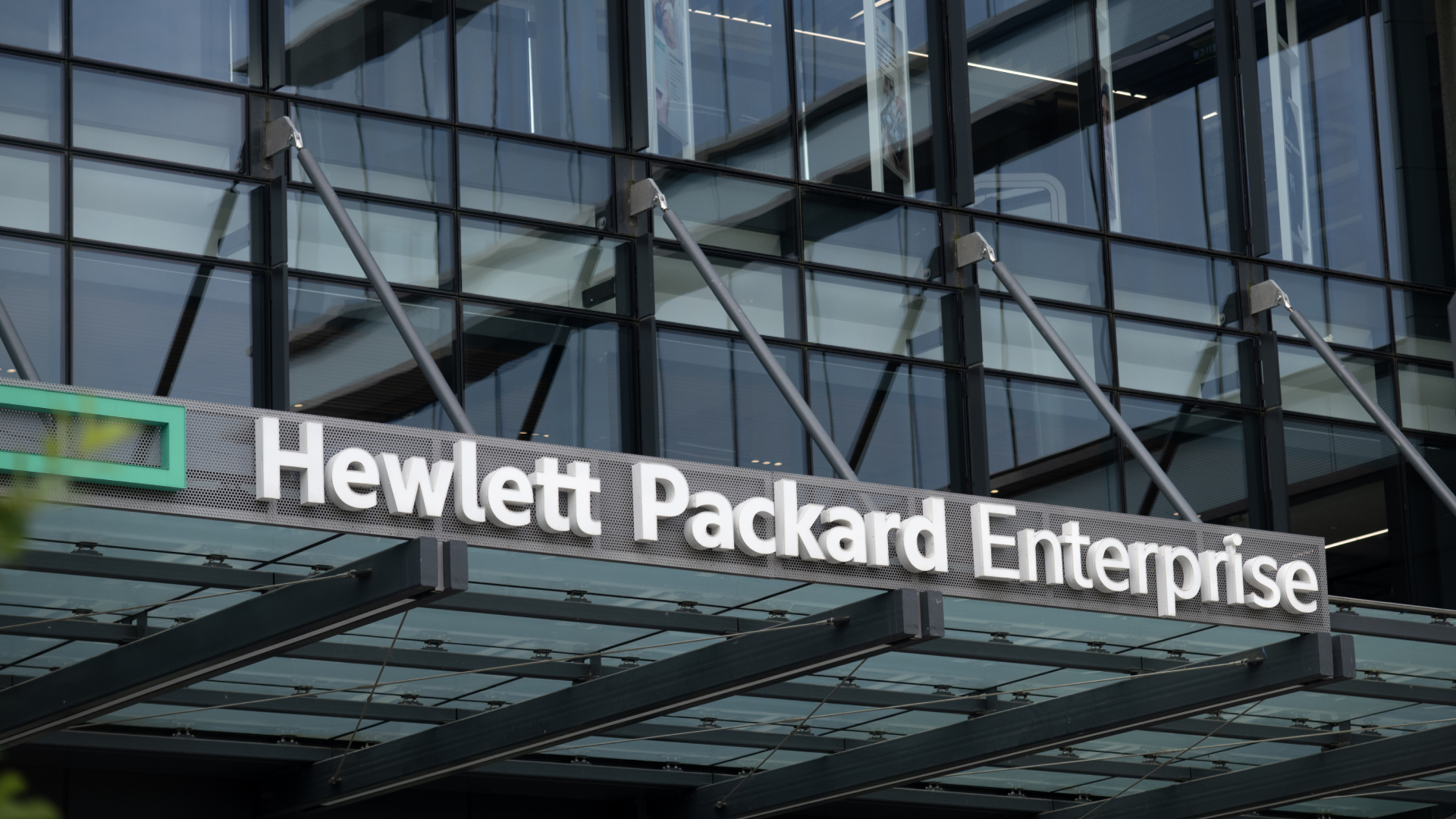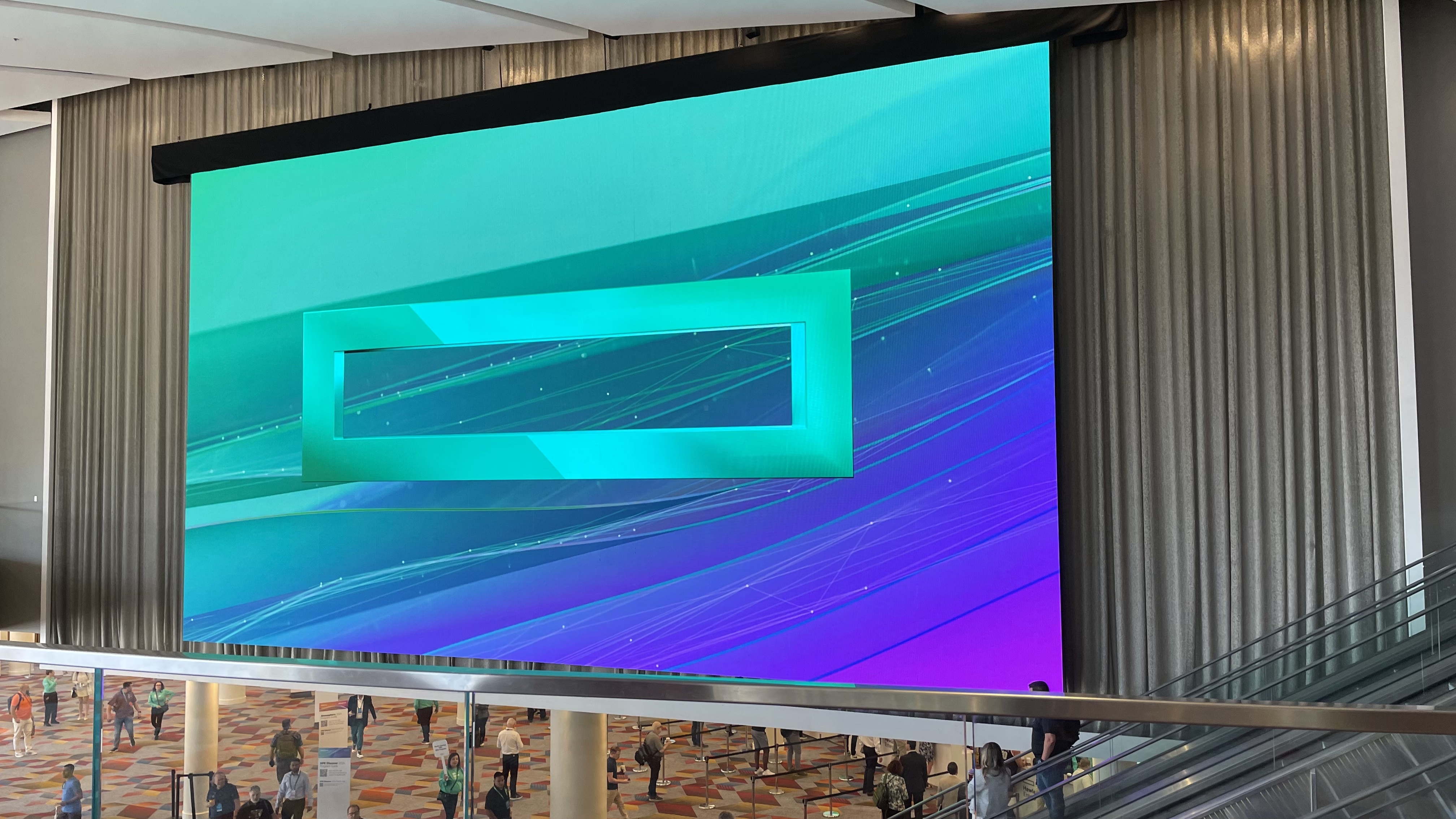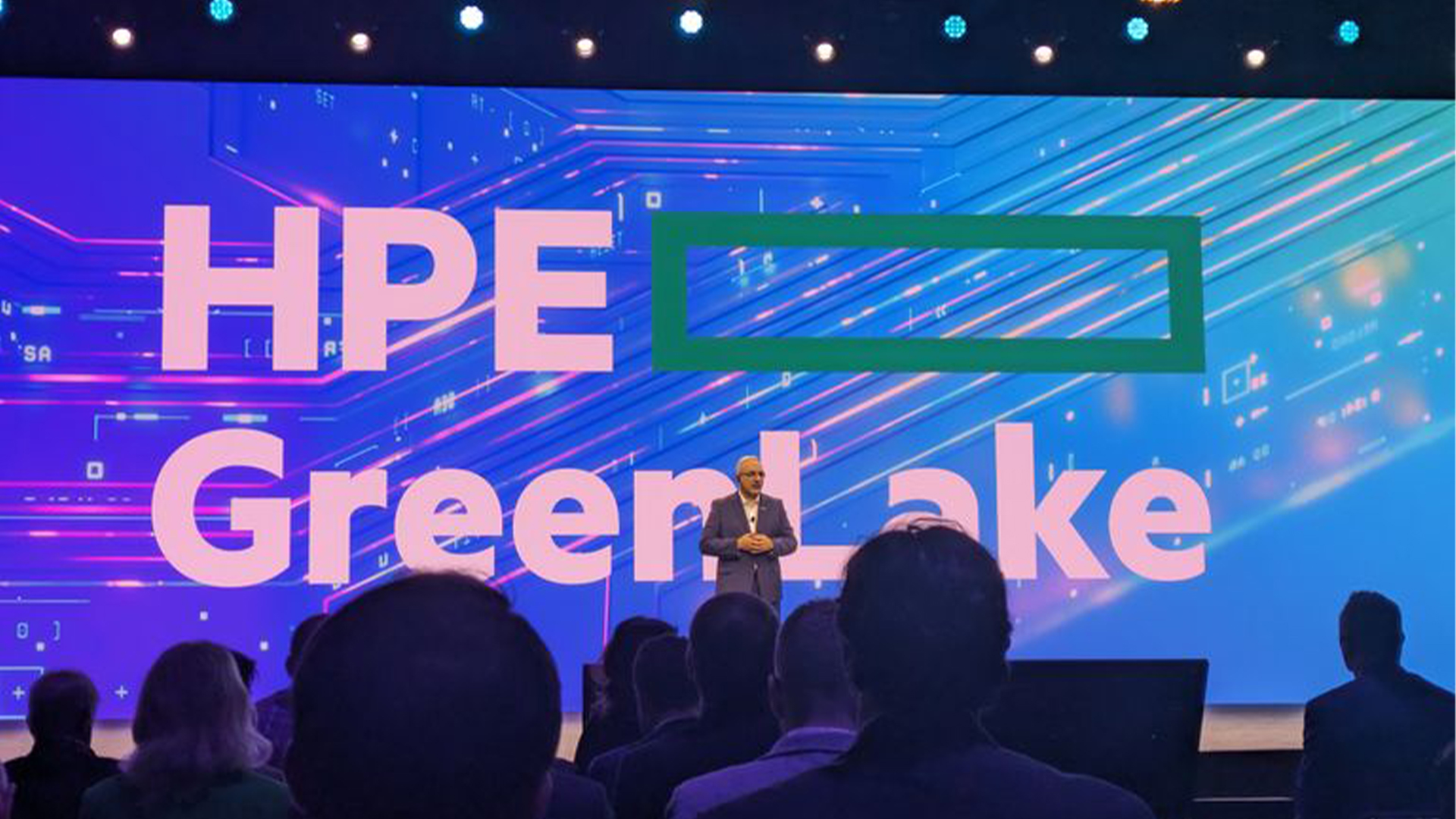Happiness is hybrid
Hybrid is becoming the default approach to cloud, but when complexity makes it hard to manage, businesses could use some extra help

We’re now long past the days when the value of the cloud felt unknown and unproven. Most enterprises are now fully aware of the benefits, and the vast majority are already using software-as-a-service applications or have migrated some core business applications. What’s more, cloud has momentum. Gartner now expects worldwide spending on public cloud services to grow another 18.4% in 2021 and believes that cloud will make up 14.2% of overall IT spending by 2024.
If anything, the COVID-19 pandemic has only confirmed what many of us already knew; that the flexibility, scalability and anywhere availability of cloud have become just as important to enterprise IT as cost savings, if not more so. In the words of Sid Nag, research vice president at Gartner, “The pandemic validated cloud’s value proposition. The ability to use on-demand, scalable cloud models to achieve cost efficiencies and business continuity is providing the impetus for organisations to rapidly accelerate their business plans.”
However, as they grow more familiar with cloud, enterprises are realising something else: that cloud isn’t a solution to a problem or the end destination in a journey, but an ongoing approach and operating model that supports agility and innovation. But to do so in the real world, where businesses have to deal with legacy systems, data and regulations, it needs to work through a hybrid model.
Why hybrid cloud?
Why is this? Why not lift-and-shift, virtualise and containerise, and move everything to hyperscale public cloud? Firstly, there’s an argument that many enterprises have already tackled the easiest migration jobs, and that those workloads that could easily be moved to the cloud have been moved already. What’s left is constrained to private cloud or on-premises architecture by real issues, including data gravity, compliance, costs, bandwidth and performance, sovereignty, security or interdependencies with legacy systems.
IDC research has found that, despite the growth of public cloud, 70% of applications still remain outside it. This leaves many organisations with no choice but to adopt a hybrid cloud approach; one that bridges the gap between a cloud-native future and the legacy systems enterprises still rely on now.
Yet there are also benefits to spreading workloads across different types of cloud or multiple clouds. Hybrid cloud enables organisations to find the right environment for each application or workload, so that each gets the platform or infrastructure that best matches its requirements. Here performance, cost, availability, security, regulations and scalability all come into play, and enterprises need to find the right mix of on-premises hardware, private cloud infrastructure and public cloud services to meet their specific needs. As new demands emerge around data, IoT, AI and edge computing, this is only going to grow more important.
What’s more, hybrid cloud fits perfectly into new DevOps models of IT, giving developers the rapid deployment, flexibility and near-instant scalability they’re looking for, but with the ability to use on-premises tools and infrastructure where that’s the more practical option.
Enterprises are not blind to this. A recent Forrester survey for Intel found that 58% of North American and European infrastructure decision makers using public cloud had a hybrid strategy in place. The research firm, Markets and Markets, expects the hybrid cloud market to grow at a compound annual growth rate of 18.73% between 2020 and 2026. IDC has predicted that, by 2022, 90% of enterprises around the world will rely on a mix of multicloud and legacy platforms for their infrastructure needs.
Hybrid cloud complexity
However, Hybrid Cloud brings with it its own challenges. As Erik Vogel, HPE Global VP for customer experience, noted in a recent podcast, pretty much all enterprises are now hybrid, “but when we ask them how they got there, most have done it in an ad-hoc fashion. Most have had developers who went out to one or more hyperscale cloud providers, or the business units went out to consume SaaS solutions, or IT organisations built their own on-premises solutions, whether that’s an open private cloud or a Microsoft Azure Stack environment.”
“Now,” Vogel explains, “they are seeing the challenge of how to start managing and operating this in a consistent common fashion. There are a lot of different solutions and yet more technologies, yet everyone has their own operating model, own consoles and own rules to work within.”
This situation creates complexity, and that has led to hybrid cloud architectures that are harder to manage, harder to secure, and harder to gain the visibility needed for compliance and cost control. What’s more, working across different providers, APIs and management tools also makes it more difficult to manage data, compare costs and even troubleshoot issues when they do emerge.
This is where it makes sense to bring in a partner; someone with the expertise, experience and capabilities to help the organisation manage its hybrid cloud estate and create the right mix of on-premises, private and public cloud infrastructure to support its workloads. Partners have the tools and know-how to profile applications and match them to the right cloud, along with the management tools and processes needed to address hybrid cloud’s complexity and create a consistent environment where it’s easier to manage all your clouds and maintain control of costs.
Here, HPE has several advantages with its GreenLake edge-to-cloud platform. The big strength of GreenLake is that it brings all the different parts of the hybrid cloud together, from on-premises hardware to private cloud and public cloud services, in one seamless platform. This platform also features common tools, common processes and a single management console. What’s more, GreenLake works through a consumption-based pricing model where you pay for your cloud as a service, based on actual usage rather than on a resource-by-resource basis or predicted usage. All cloud services are accessible through a self-service point-and-click catalogue, with clear pricing, trials and the ability to spin up instances and clusters with just a few clicks.
With services combined into ready-made building blocks, businesses can have effective, reliable cloud infrastructure up in no time, while HPE’s new Ezmeral Container Platform makes it easier to add new capabilities for automation, machine learning, analytics, AI or security, giving businesses further scope to experiment and innovate in a low-risk, cost-effective way.
Hybrid cloud, then, is the future, and platforms like GreenLake the best way to provision, run and manage hybrid cloud.
Find how HPE GreenLake can deliver the hybrid cloud your business needs
Get the ITPro daily newsletter
Sign up today and you will receive a free copy of our Future Focus 2025 report - the leading guidance on AI, cybersecurity and other IT challenges as per 700+ senior executives
ITPro is a global business technology website providing the latest news, analysis, and business insight for IT decision-makers. Whether it's cyber security, cloud computing, IT infrastructure, or business strategy, we aim to equip leaders with the data they need to make informed IT investments.
For regular updates delivered to your inbox and social feeds, be sure to sign up to our daily newsletter and follow on us LinkedIn and Twitter.
-
 HPE announces VM Essentials – the VMWare competitor that isn’t
HPE announces VM Essentials – the VMWare competitor that isn’tNews Execs at HPE Discover acknowledge Broadcom issues, but deny they’re in competition
By Jane McCallion
-
 Barclays extends HPE GreenLake contract amid “significant acceleration” of hybrid cloud strategy
Barclays extends HPE GreenLake contract amid “significant acceleration” of hybrid cloud strategyNews The pair will step up their collaboration to drive private cloud efficiencies using AI and other new technologies
By Daniel Todd
-
 'Catastrophic' cloud outages are keeping IT leaders up at night – is it time for businesses to rethink dependence?
'Catastrophic' cloud outages are keeping IT leaders up at night – is it time for businesses to rethink dependence?News The costs associated with cloud outages are rising steadily, prompting a major rethink on cloud strategies at enterprises globally
By Solomon Klappholz
-
 Scottish data center provider teams up with HPE to unveil National Cloud – a UK sovereign cloud service for large enterprises, tech startups, and public sector organizations
Scottish data center provider teams up with HPE to unveil National Cloud – a UK sovereign cloud service for large enterprises, tech startups, and public sector organizationsNews The DataVita National Cloud service is aimed at customers with complex workloads, addressing compliance and security concerns for public services and regulated industries
By Emma Woollacott
-
 HPE eyes ‘major leap’ for GreenLake with Morpheus Data acquisition
HPE eyes ‘major leap’ for GreenLake with Morpheus Data acquisitionNews HPE will integrate Morpheus’ hybrid cloud management technology to ‘future-proof’ its GreenLake platform
By Daniel Todd
-
 HPE Discover 2024 live: All the news and updates as they happened
HPE Discover 2024 live: All the news and updates as they happenedLive Blog HPE Discover 2024 is a wrap – here's everything we learned in Las Vegas this year
By Jane McCallion
-
 Four things to look out for at HPE Discover 2024
Four things to look out for at HPE Discover 2024Analysis HPE Discover 2024 is taking place at the Venetian in Las Vegas from 18-19 June. Here are some ideas of what we can expect to see at the show
By Jane McCallion
-
 HPE GreenLake gets a slew of new storage features
HPE GreenLake gets a slew of new storage featuresNews The additions to HPE GreenLake will help businesses simplify how they optimize storage, data, and workloads, the company suggests
By Jane McCallion


